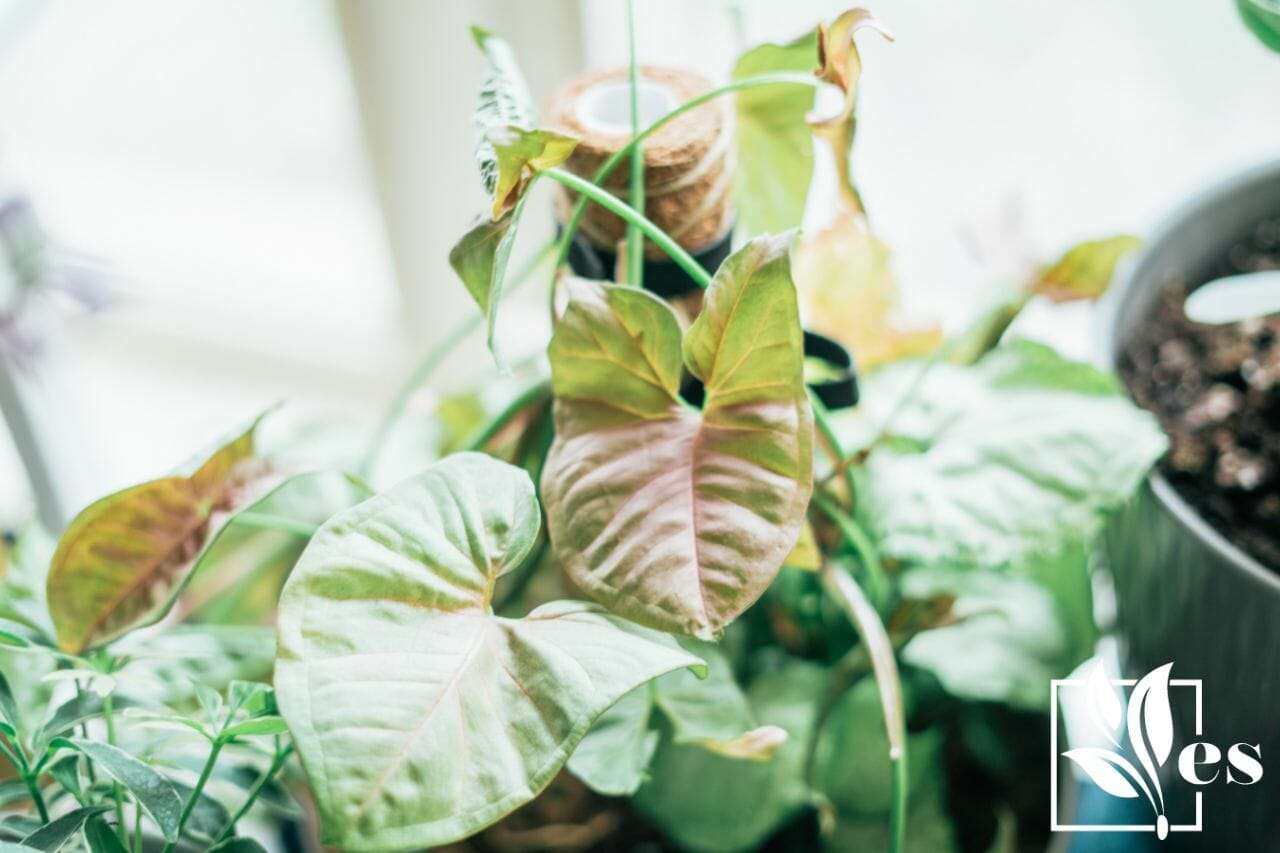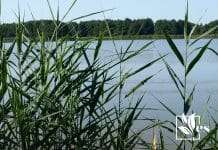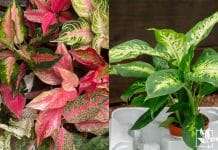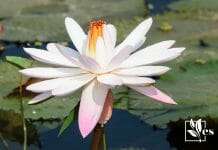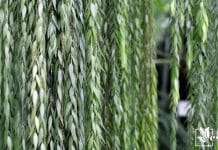Moss poles are beneficial but often expensive or unavailable; hence, searching for moss pole alternatives is more relevant and essential. Fortunately, there are quite a lot of them that are accessible and cost-effective too.
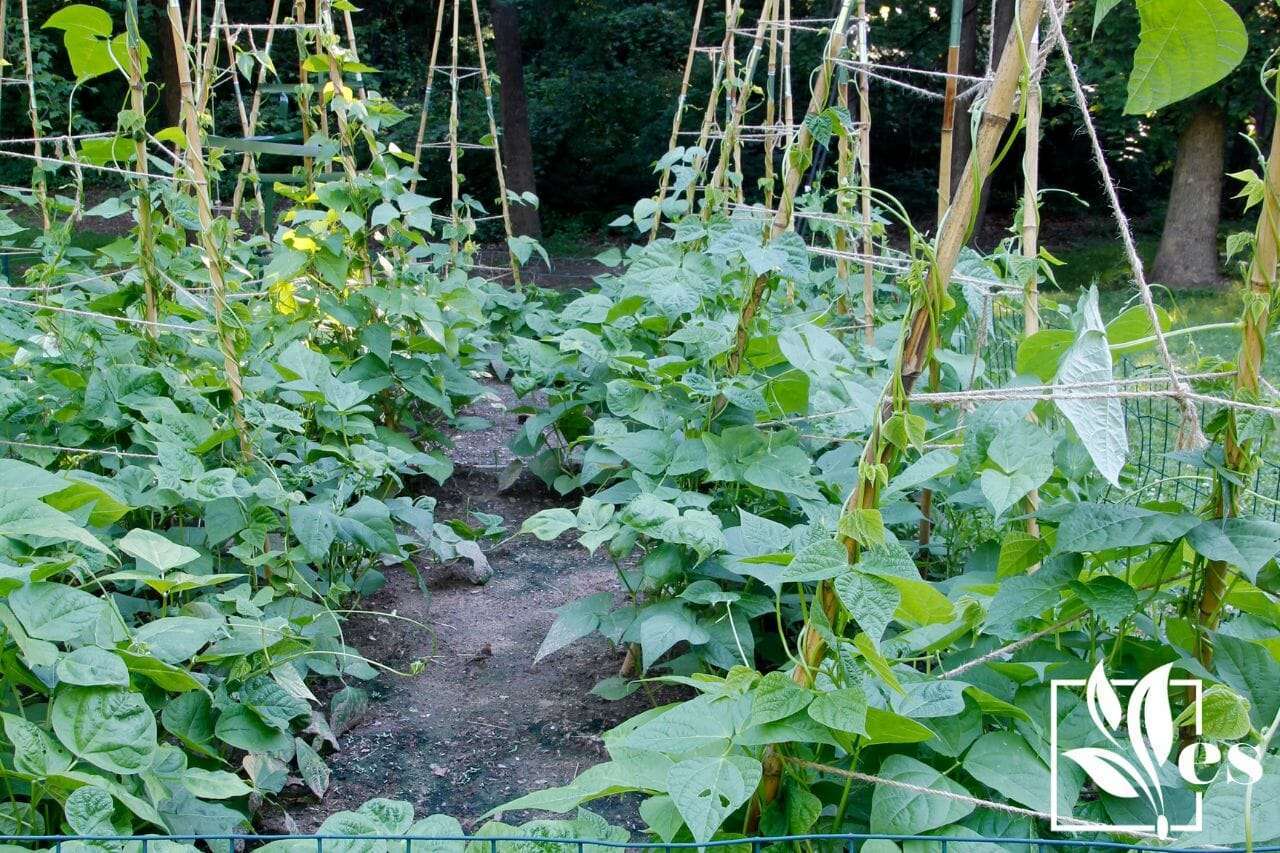 Therefore, here we will introduce you to nine support alternatives for plants that will get the job done quickly and walk you through the installation and installation procedure for use.
Therefore, here we will introduce you to nine support alternatives for plants that will get the job done quickly and walk you through the installation and installation procedure for use.
JUMP TO TOPIC
List of Nine Essential Moss Pole Alternatives
A moss pole is a sturdy stick layered with moss that provides support and nutrients to your climbing plants’ mature leaves for their healthy growth. But due to being costly, many moss pole alternatives have come into existence.
They include bamboo stakes, wooden sticks, PVC pipes, coirs, or chicken wire trellises. Here are the nine DIY alternatives to moss poles. Have a glance!
– Bamboo Stakes
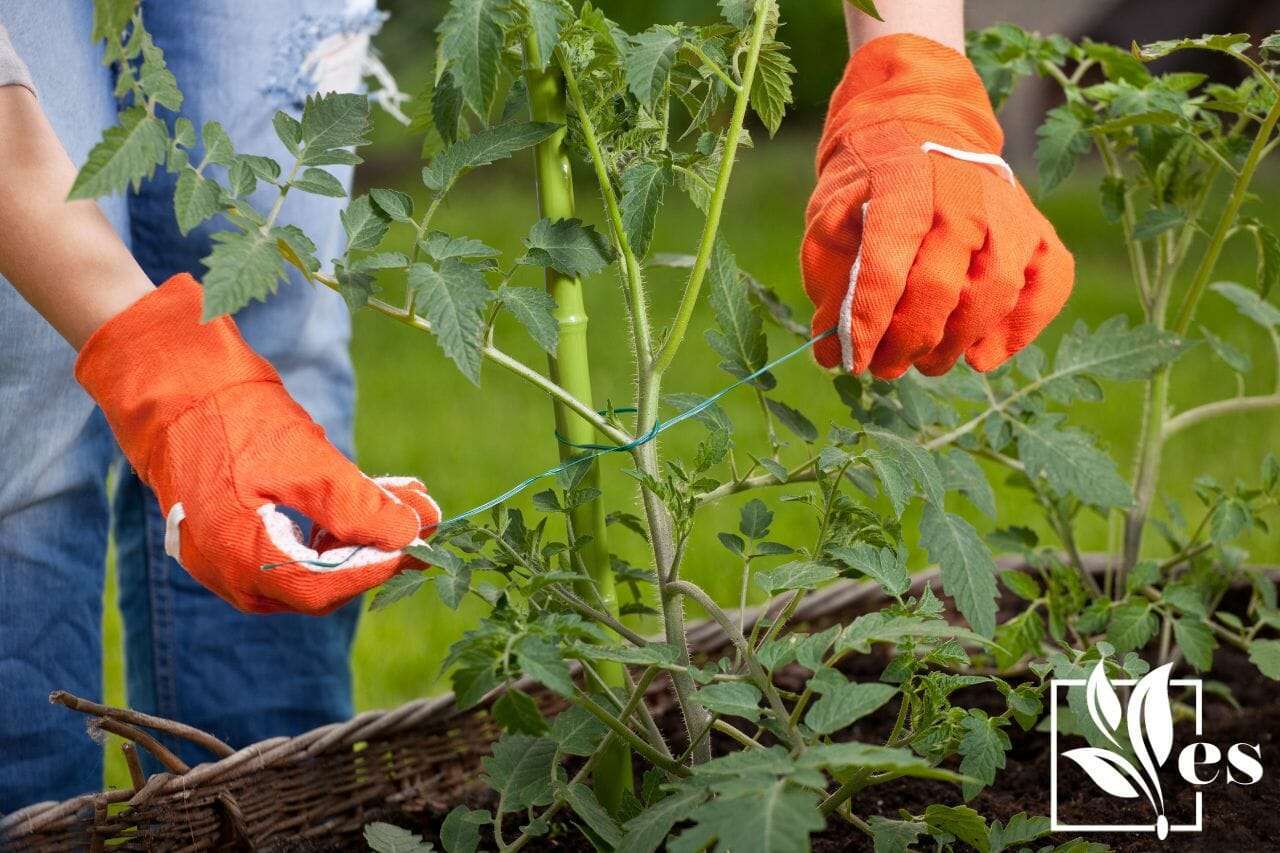 Bamboo stakes have many uses, so being a pole is one of them. They are cheaper and easier to obtain and modify and provide a firm structure for any plant to grow onto. These stakes are minor source of nutrients that can be remedied by wrapping moss around the structures if there are no natural nutrients in them.
Bamboo stakes have many uses, so being a pole is one of them. They are cheaper and easier to obtain and modify and provide a firm structure for any plant to grow onto. These stakes are minor source of nutrients that can be remedied by wrapping moss around the structures if there are no natural nutrients in them.
The plants can start climbing bamboo just as they would climb a moss pole, with the advantage of the bamboo being pest resistant. Moreover, the stick would not look messy or out of place and fit right in with the plant vine.
The only drawback of using this alternative is that, unlike a moss pole, the bamboo pole will not be able to provide the plant with any micronutrients and could potentially damage the roots when put into the soil.
The procedure for installing a stake as a moss pole is simple. All you need to do is gently insert the stick into the soil in the middle of the plant pot and, if required, loosely tie the plant to the stake to encourage it to climb up the bamboo.
Plants like Monstera Deliciosa or Monstera adansonii with aerial roots need vertical support to climb and support their weight as they get bigger and heavier, hence wooden sticks come in very handy . Thus, stiff poles are the best moss pole Monstera Plant. Keep in mind that if they do not get this support, they will start to plant aerial roots and grow horizontally.
– Metal Pipe
It can blend in with the garden décor you’ve got going with a little creative effort and is durable and long-lasting. The drawbacks of using a metal pipe are that once attached, the pipe is very difficult, if not impossible, to move.
There’s no room for adjustments later. It also offers no micronutrients to the plants using it for support and lacks round, smooth edges, which could cause some climbing problems.
If you’ve decided to use a metal pipe to replace a moss pole, you first have to look at the type of vine supported by the pipe and cut the metal to the required size. Then, insert the cut metal pipe carefully into the soil in the center of the pot, ensuring not to damage any vital parts of the plant, like the roots of the plant already planted.
Next, loosely secure the plant to the metal pipe using string to gently guide the plant towards growing on that structure. If you want to, you can wrap some sphagnum moss around the metal pipe and secure it with either malleable wire or cable ties.
After the moss is appropriately attached to the metal pipe, you can insert it as usual into the plant pot and secure the plant to it. You can also spray the moss-wrapped pipe with water to keep it moist.
– PVC Pipe
 They can also be used as an alternative to a moss pole. They are cost-effective, relatively sturdy, and immune to any fungus that could develop due to rain. In addition, vine-type plants climb quickly due to their smoothness and cylindrical shape and can be cut down to the required size.
They can also be used as an alternative to a moss pole. They are cost-effective, relatively sturdy, and immune to any fungus that could develop due to rain. In addition, vine-type plants climb quickly due to their smoothness and cylindrical shape and can be cut down to the required size.
The disadvantage of using PVC is that it could potentially release chemicals into the soil that can adversely affect the plant. In addition, the pipes could crack when exposed to extreme temperatures and do not provide any nutrients to the plants growing on them.
They are also hard to disguise and would stand out in your garden, spoiling the aesthetic you have created. Therefore, the first step in building your alternative to plant support is to cut the pipe to the desired size. Keep in mind the size and weight of the plant while doing this task.
Next, carefully insert the pipe into the plant pot, right in the center. Be mindful in tying the plant to the pipe, because it is unnecessary as it will naturally gravitate towards it, however, you can always tie it if you don’t want to leave it to chance.
If you want to add moss to the pipe, simply wrap sphagnum around the cut pipe, add a wire mesh layering over it and tighten it with zip ties. Finally, sprinkle some water on the moss to preserve its moisture.
– Wooden Sticks
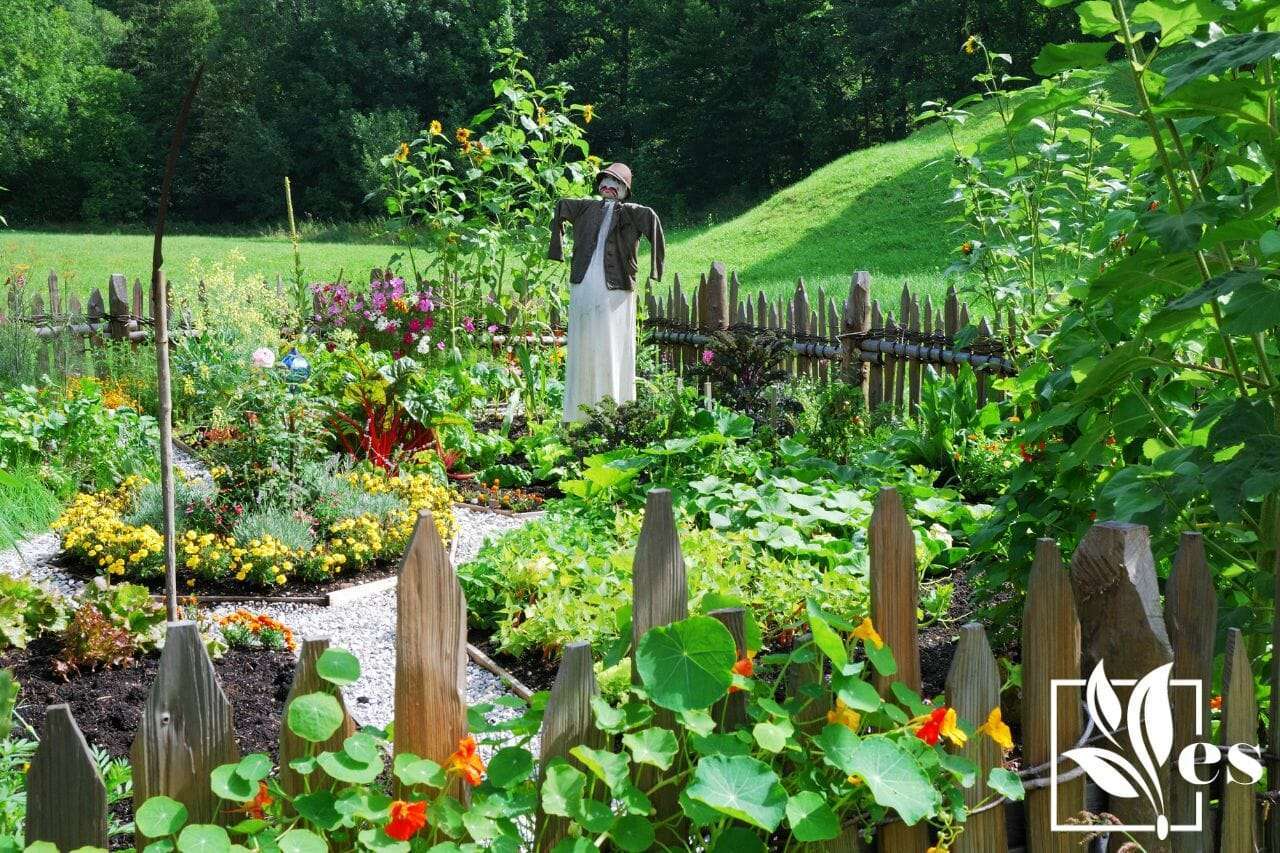 Wooden sticks are perhaps the most classic alternative to moss poles for an indoor plant. They are very easy to obtain and can also be acquired for free. It would also be unnoticeable in your garden and would fit right in.
Wooden sticks are perhaps the most classic alternative to moss poles for an indoor plant. They are very easy to obtain and can also be acquired for free. It would also be unnoticeable in your garden and would fit right in.
It is rarely used in its natural form and usually has materials like coconut fibers or sphagnum wrapped around it, making it excellent sphagnum moss poles or coco pole alternatives.
They are light and easy to manage and set up. The disadvantages are that wood, as strong as it is, could be felled by strong winds and storms and consequently could damage the plants that depend on it for structure and stability. Wood is also flammable, which could be dangerous in the case of a fire, and is susceptible to pests.
Wooden sticks can be used in their natural form or with some modification. For instance, if you’re planning on just putting in wooden sticks to hold your plant upright and give it a structure to grow on, you can simply insert the pole right in the middle of the pot or the spot where the plant is growing and attach the plant to the wooden pole with some garden tape.
If you want the wooden stick to resemble a moss pole and replicate its role closely, then you can wrap the bar with some sphagnum moss and secure it tightly using wires or any other malleable wire before inserting it. Ensure that you water the stick properly to keep the moss pole moist for better nutrition of your climbing plant.
– Coir Poles
The poles also promote growth and are environmentally friendly, along with being strong and having the correct pH. The drawbacks of these poles are that they produce and release salt into the soil, which could harm the plant. They are also not long-lasting and must be replaced every two to three years.
To make a coir stand, you first need to find a solid structure to attach the coir to. It is recommended that you use a wooden stick mainly because it is more manageable. Now, what you must do in the first step is to cut the pole to the desired length to make it easier to wrap the coir around.
The next step is to attach the coir to the wooden stick using string. Make sure it is wrapped and secured well. Finally, place the wooden stick in the middle of the plant pot and ensure that it is fixed into the soil properly.
The plant will start using the moss-covered wooden stick as a fence and climb it as it grows. But, of course, you can always spray water on the moss to make it damp.
– Chicken Wire Trellis
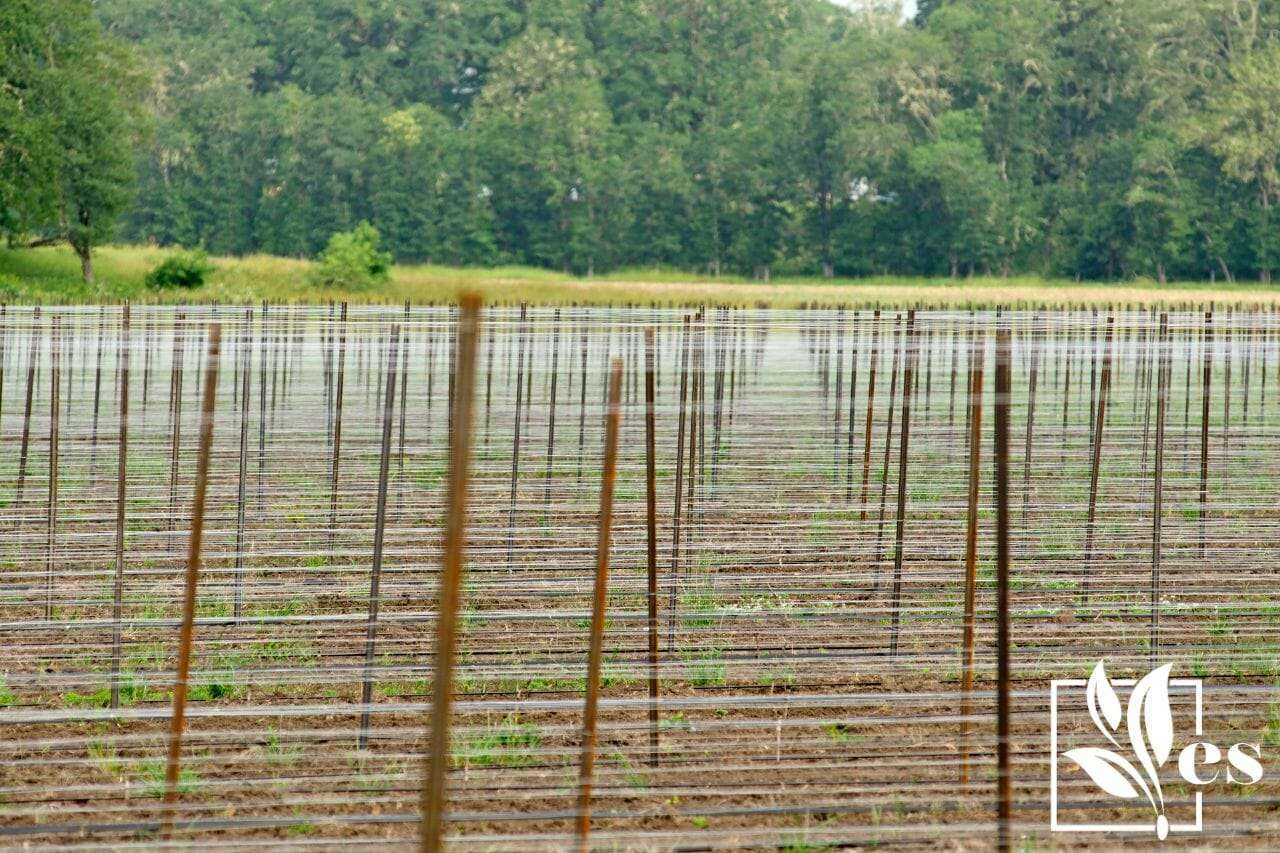 These trellises are another great alternative to moss poles, although they are not the same structure. They are highly malleable and are easier to install around the plant as structural support.
These trellises are another great alternative to moss poles, although they are not the same structure. They are highly malleable and are easier to install around the plant as structural support.
It is easy to obtain and cost-effective, making it a perfect choice. Moreover, the wire has tiny holes, which helps the plant latch onto it more easily without human interference. It supports the plant from all sides and enables it to grow properly and stay upright. However, it is flimsy, so it needs to be appropriately attached to perform the function it was installed for.
To use a wire trellis as an alternative to moss poles, you must first roll the wire into a circular shape and fix it in the pot. Next, they should be arranged inside the pot, in the soil, like an outline with the plant growing inside it.
As a general notion, this wire can be very sharp, and one of the care tips is that you bend any sharp edges to reduce the risk of anyone accidentally scratched by it. Finally, attach the plant you’re growing to the flexible wire makeshift fence with some string. Furthermore, be careful not to cut yourself on the wire.
– Plastic Trellis
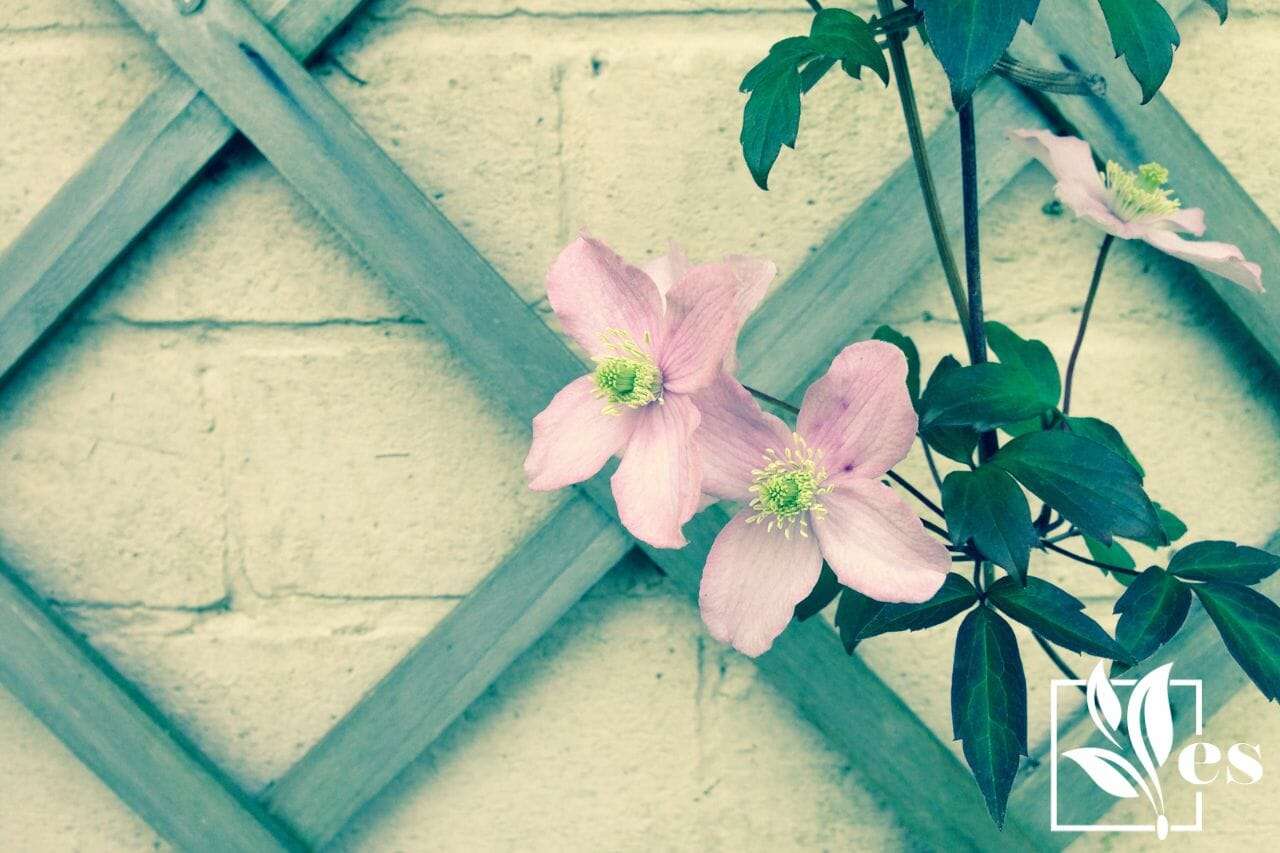 Plastic trellises can also function as moss poles while being a significantly cheaper alternative. In addition, plastic is non-reactive and will not be affected by the elements or pests. The only disadvantage here is the fact that plastic is not very strong, and you need to ensure that the plant it is supporting is a light one.
Plastic trellises can also function as moss poles while being a significantly cheaper alternative. In addition, plastic is non-reactive and will not be affected by the elements or pests. The only disadvantage here is the fact that plastic is not very strong, and you need to ensure that the plant it is supporting is a light one.
While it can provide structure, it will probably not be able to support a plant that produces heavy fruits. They are available in different shapes and sizes, and you need to make an appropriate purchase based on what your plant requires for proper growth.
They enable the climbing plants to attach their roots more firmly, promoting healthy growth. Many tall plants or vines require physical and nutritional support to grow, and the moss pole provides them with these.
Once you’ve obtained the plastic trellis, it can be installed quickly and will do wonders for your plant. The first thing you need to do is try to shape it into a circle by rolling it. They are generally malleable and easy to twist and turn.
Next, place it inside the pot, along the edge, to form a protective cage for the plant to grow onto. Once the cage is created, you can add some stakes for extra support and strength if you feel it is too flimsy.
The last step is to attach the plant growing in the pot to the plastic trellis using some string. It will guide its journey towards attaching itself to the trellis. If needed, you can water this new structure, too, as it is plastic and does not rust or get affected by moisture.
– Bamboo Trellis
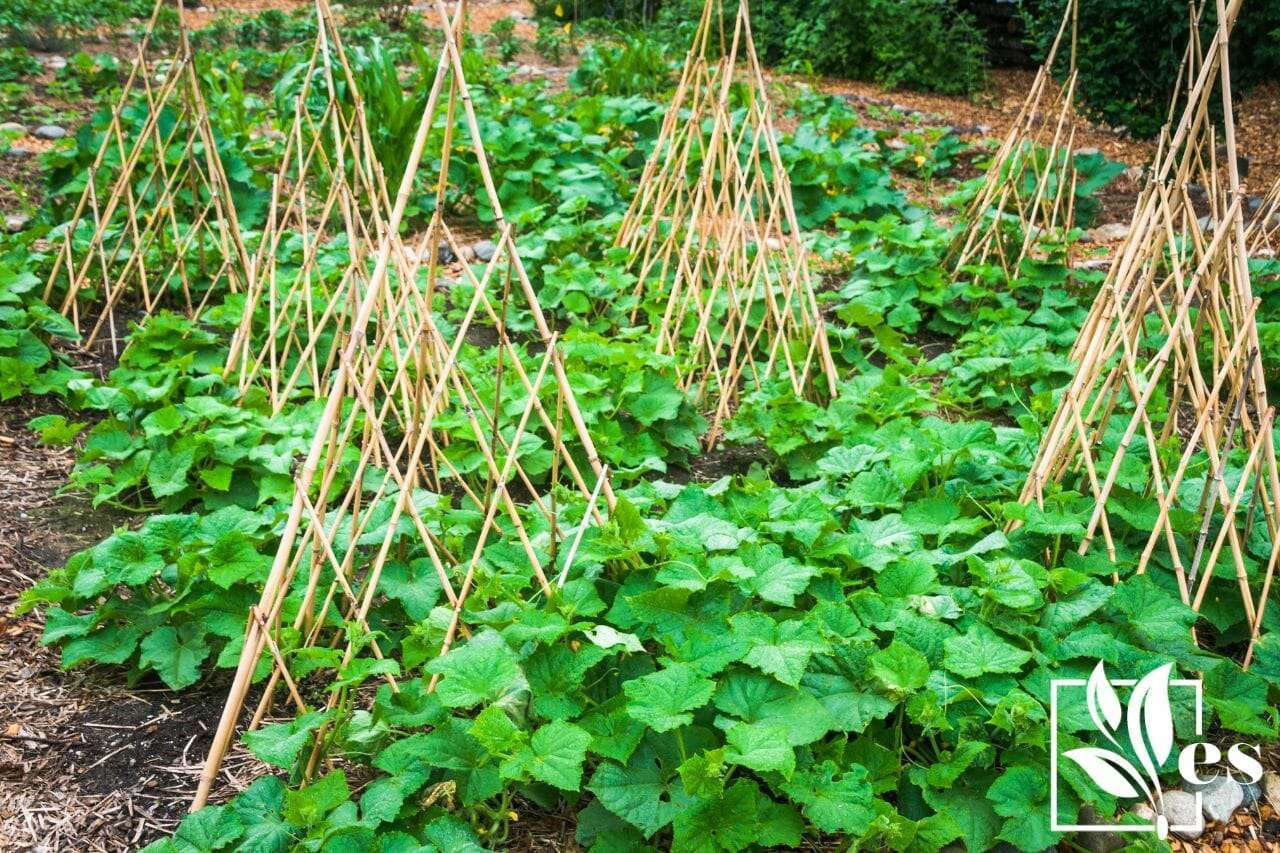 In the trellis vs moss pole debate, the bamboo-based trellis is an excellent way of supporting your plant and is much firmer than simple bamboo stakes. They are more robust, in general, and do not chemically pollute the soil. It can support even heavy plants and vines laden with fruit. Bamboo is easy to obtain and significantly less expensive than its counterparts.
In the trellis vs moss pole debate, the bamboo-based trellis is an excellent way of supporting your plant and is much firmer than simple bamboo stakes. They are more robust, in general, and do not chemically pollute the soil. It can support even heavy plants and vines laden with fruit. Bamboo is easy to obtain and significantly less expensive than its counterparts.
You can either buy them or make one. If you’re looking for a fun gardening exercise and want to make one, you first need to get some bamboo sticks to fashion into a trellis. Next, make a rough diagram of what your trellis will look like and cut the bamboo into smaller pieces taking care to see them using a handsaw right above a depressed node.
It will ensure that they do not collect water at any time and rot. Organize the bamboo sticks on a table so that you now have a rough idea of which bamboo piece needs to go where. You can make tiny markings on the parts to indicate where all of them intersect with each other.
Use the lashing technique to bind all the bamboo pieces together. This technique will ensure that the pieces don’t fall apart. Your trellis is now ready, and you can attach it wherever your plant is growing to provide a structure for your plant to climb.
– Jute Poles
Moreover, it is a strong and sturdy material perfect for plants to grow on as it lasts for a significant amount of time and is environmentally friendly. However, the drawback of using jute is that it does not respond well to moisture.
To make a jute pole, you first need to decide on what material the structure will be made of, and it could be either a robust wooden stick or coir. Whichever one you pick, the next step is to cut it down to the size you require, based on the plant you’re growing.
Next, you must mark the spot above the soil once you put it in. That’s where you’re going to start wrapping the jute. Glue the very end of the jute rope to the pipe or wooden stick to ensure it stays firm while wrapping.
Once it’s dried, apply a little glue along the pipe’s length or stick and wrap the rest of the jute around it. Once the rest of the pipe or stick is adequately covered with jute, you can cut off the extra rope and secure the end with glue.
Finally, you can carefully insert your jute pole into the soil in your plant pot and, if required, loosely tie the plant to it.
